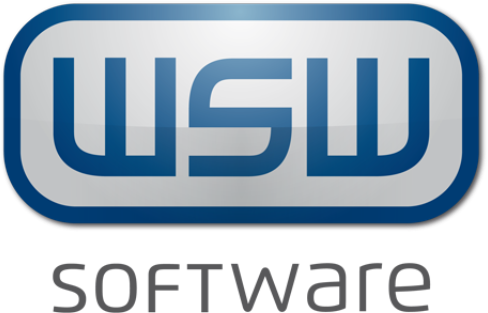The term batch size 1 describes the production of individual customer-specific items. However, in order to achieve this high level of customer orientation and flexibility, production must be comprehensively adapted. Above all, it depends on the use of modern production and information technologies.
What is batch size 1?
The term batch size 1 refers to the production of individual items by companies that usually produce larger quantities as part of series or mass production. The background to this is the growing customer need to be able to configure and design products individually. The classic example is the automotive industry, where a vehicle can be individually configured and ordered from any segment. In order to implement batch size 1 economically, however, several requirements must be met with regard to IT, organization, manufacturing processes and process management.
What are the batch sizes?
The term batch size basically refers to the quantity of products that are manufactured directly one after the other without interrupting production. Traditionally, industrial companies strive to determine and produce the optimum batch size. This is always the production quantity at which the ratio of costs and benefits turns out best. As a rule, it is a value greater than 1, since the retooling of plant and machinery always incurs costs and takes time.
For a long time, the goal of lot-size planning was to produce large lots, keep product variants low, and avoid individualized products as far as possible. For this purpose, the ideal production quantity was determined taking into account the following premises:
- Maximum capacity utilization
- Minimum lead times
- minimal set-up and production costs
Various mathematical models exist for calculation, including for example the Wagner-Within method and Andler's batch size formula. Over the years, however, international competitive pressure has grown. It is therefore increasingly important for German industry to offer products that can be personalized. This starts with a large number of variants and extends to customized special production in the form of batch size 1.
What requirements must be met for batch size 1?
Numerous prerequisites are needed to ensure that individual items can be produced at the cost of series production or at least within an economically justifiable cost framework. In addition to technical, process-related and organizational aspects, a consistent digital transformation and automation of production is necessary above all. The same applies to upstream and downstream processes along the supply chain. In order to realize digital manufacturing, a number of technologies must be implemented and meaningfully combined with one another.
The following are worth mentioning above all:
- The ERP system: dispatching of customer orders, material procurement and provisioning, planning of resources, control of supply chain
- The Product Lifecycle Management (PLM) system for the seamless integration of all information that accumulates during the lifecycle of a product across all IT and OT structures.
- The PPS system: (automated) planning of production
- Manufacturing Execution System (MES): operational real-time planning and control, receipt of feedback (operating and machine data)
- Industrial Internet of Things (IIoT): Networking of manufacturing machines and products with higher-level control and monitoring systems
- Robotics: For more flexible and faster production
- Modern manufacturing processes with high flexibility (e.g. additive manufacturing)
- Automated logistics systems
- Big Data Technologies: For the immediate processing of large amounts of data from the pot floor and the store floor.
- Artificial intelligence: prediction of demand and delivery situations, forecasts on capacity utilization
- Product configurators for customers
In the context of Industry 4.0, highly digital and automated production environments are emerging step by step from the interaction of these technologies. In the final stage of development, these will also be called smart factories. For this factory of the future, it will no longer be a particular challenge to realize batch size 1 in an economical manner.
Application example for batch size 1
Let's assume that a company manufactures electronic components for further processing in the electrical appliance industry. Recently, it has been receiving more and more customer requests for customized products. The sales department urgently wants to fulfill this customer request in order to secure the company's competitiveness. Therefore, the following measures are implemented to realize batch size 1:
- Networking with customers and suppliers, a customer-specific order is made
- ERP software automatically generates an individual production order based on the customer order
- Required components (parts lists) are automatically calculated, retrieved from the warehouse or purchased as needed
- The production capacities are automatically reserved and scheduled
- Production is started automatically, the systems carry out any necessary changeovers independently
- The necessary components are provided by autonomous logistics systems
- The components receive RFID chips to locate them and automate the production process
- Completed process steps are reported back to the ERP system or MES using RFID and machine data (status is transparent at all times)
Conclusion
Batch size 1 is synonymous with maximum customer orientation. Those who fulfill customer wishes in the best possible way generate stronger customer loyalty and consequently more order volume. However, to ensure that this does not come at the expense of profitability, comprehensive changes are required in traditional production operations. Companies should implement this transformation process step by step in order to keep their manufacturing flexible while remaining competitive.
FAQ
We explain the most important terms in the context of batch size 1 here:
A lot size is the number of units of a product that a manufacturing company produces in succession (without interruption).
Batch size 1 is the production of individual items or special designs by companies that belong to the mass or series production. In some cases, this is also referred to as mass customization.
The optimal batch size is the quantity of products that must be produced one right after the other in order to minimize the cost of production.



